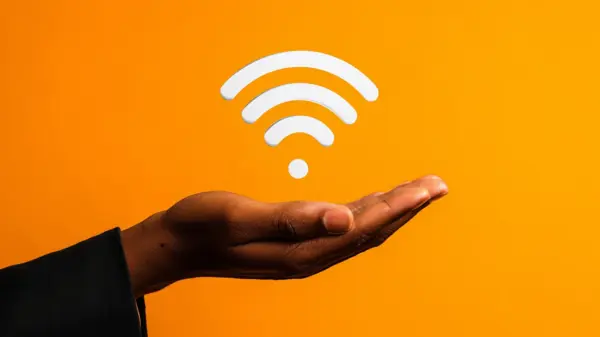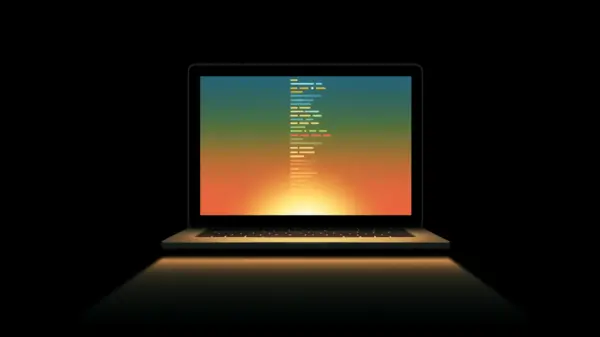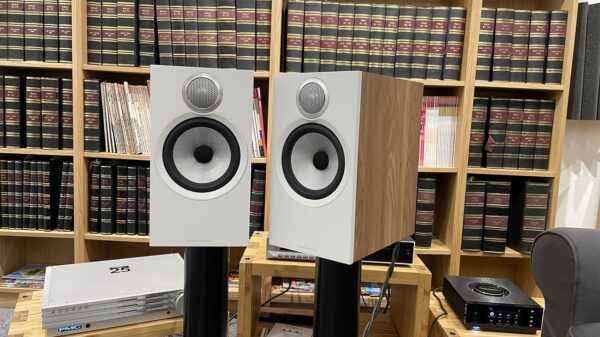China is unveiling a new system in public restrooms that requires users to watch advertisements in exchange for toilet paper. This initiative utilizes mounted paper dispensers equipped with optical scanners and QR codes. Once scanned with a smartphone, users trigger a short, app-based video advertisement that plays for several seconds before dispensing the toilet paper.
Restroom Innovations and Consumer Engagement
This development represents an intriguing intersection of technology and consumer engagement in everyday life. The paper dispensers, designed to enhance user experience while also generating advertising revenue, are currently being tested in various locations across the country. By leveraging the widespread use of smartphones, the system aims to reach a broad audience in a unique and impactful way.
Users will first need to connect to the dispenser using their devices. After scanning the QR code, they are directed to an advertisement, which they must watch before obtaining the desired paper. This approach not only provides an essential service but also offers businesses a new platform for advertising, potentially transforming the restroom experience into a monetized interaction.
Market Implications and Future Prospects
The introduction of this technology could pave the way for similar initiatives in various sectors. With the global advertising market continually seeking innovative ways to engage consumers, such restroom machines may be seen as a novel approach. If successful, this model could expand beyond China, influencing public facilities worldwide.
As this concept gains traction, it raises questions about user acceptance and the balance between convenience and advertising. While some may welcome the idea of free toilet paper, others might find it intrusive. The outcome of this testing phase will likely provide valuable insights into consumer preferences and the potential for broader implementation.
In a world increasingly driven by digital interactions, such advancements highlight the creative ways businesses can adapt to meet consumer needs while generating revenue. As technology evolves, the integration of advertising into everyday conveniences could become the norm, reshaping how consumers interact with public amenities.






































































